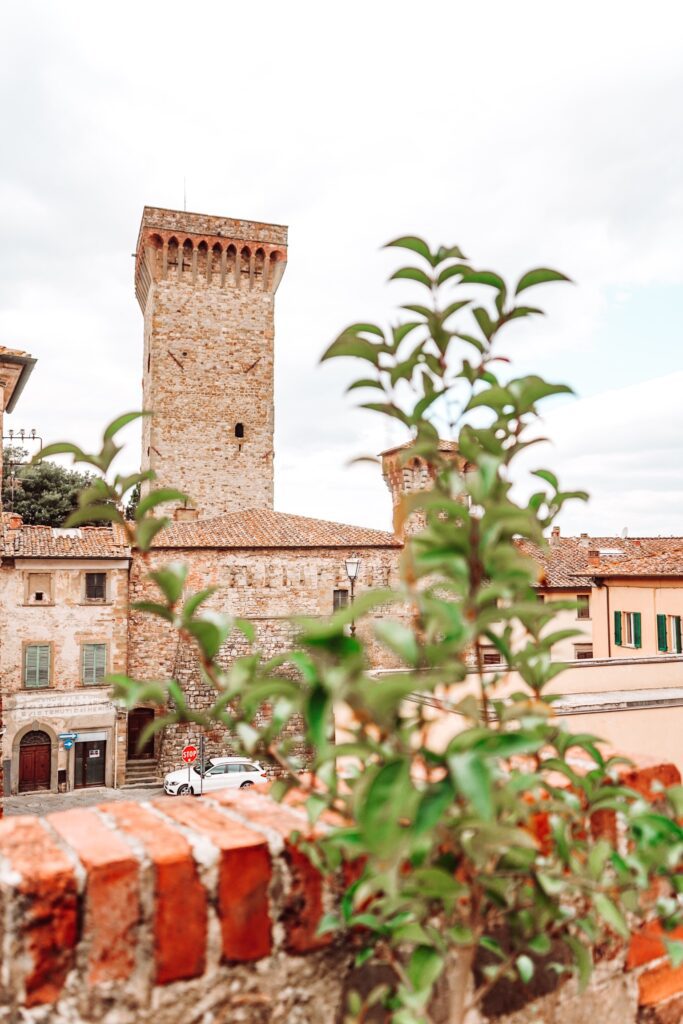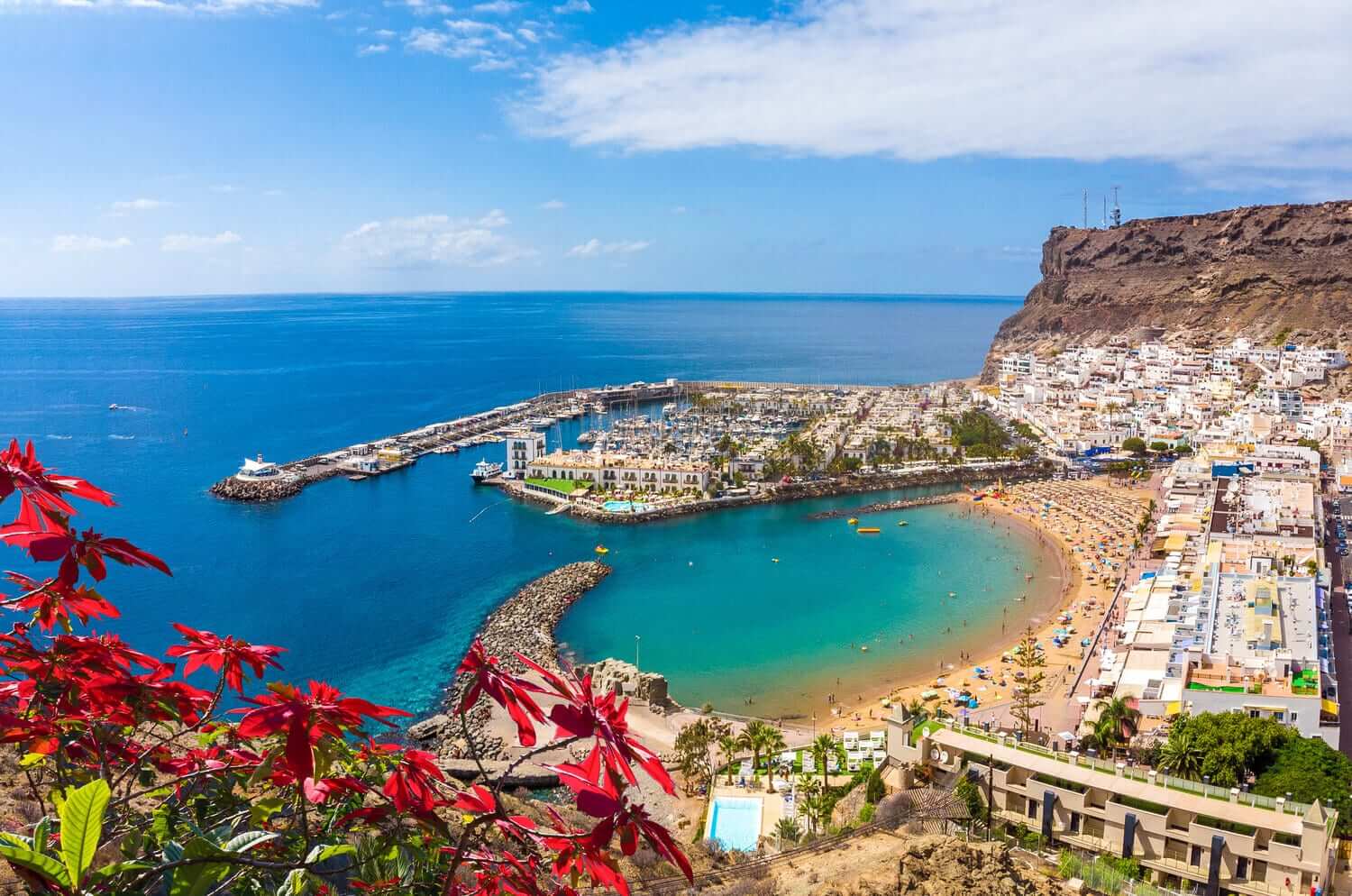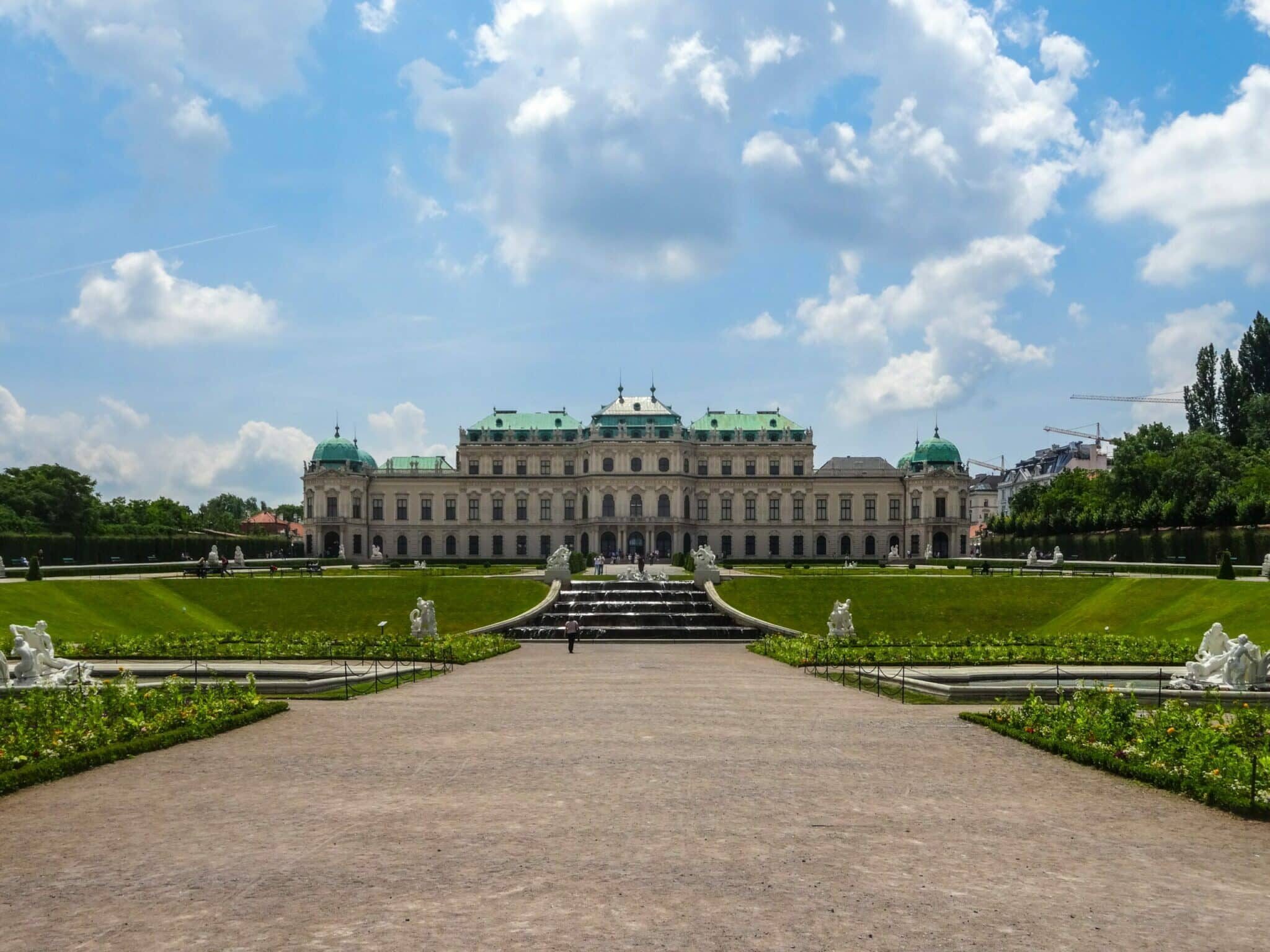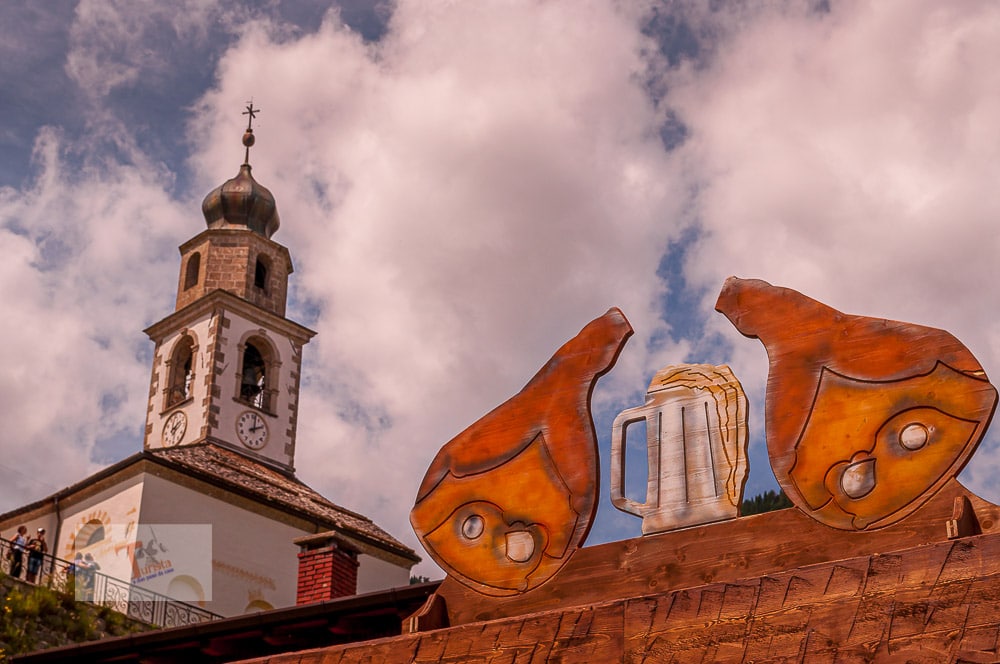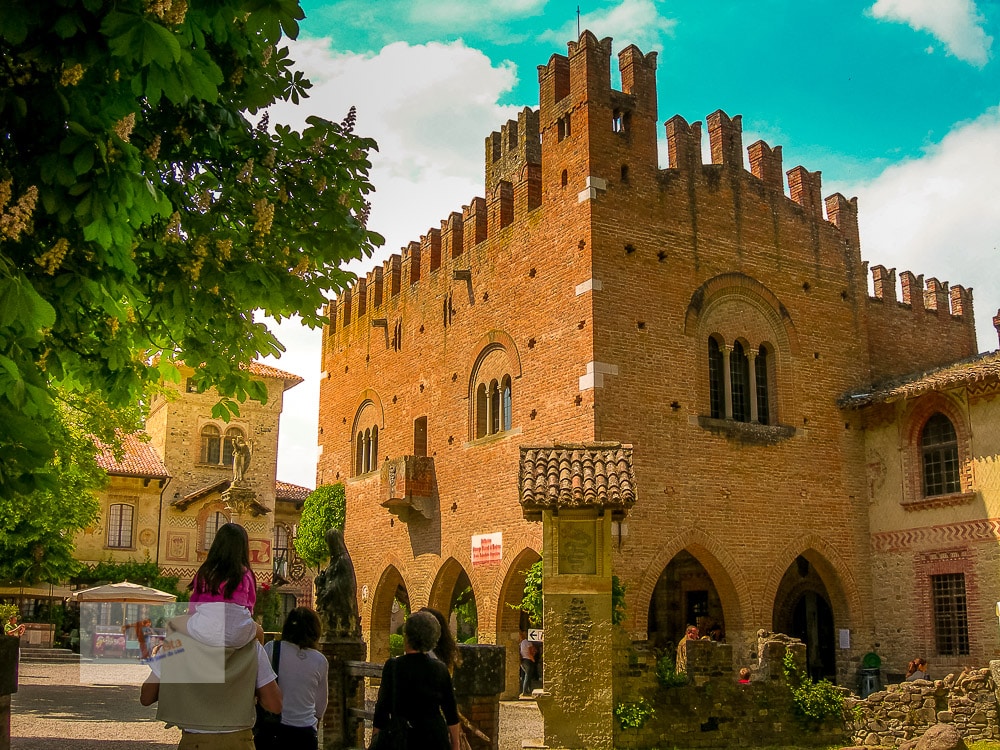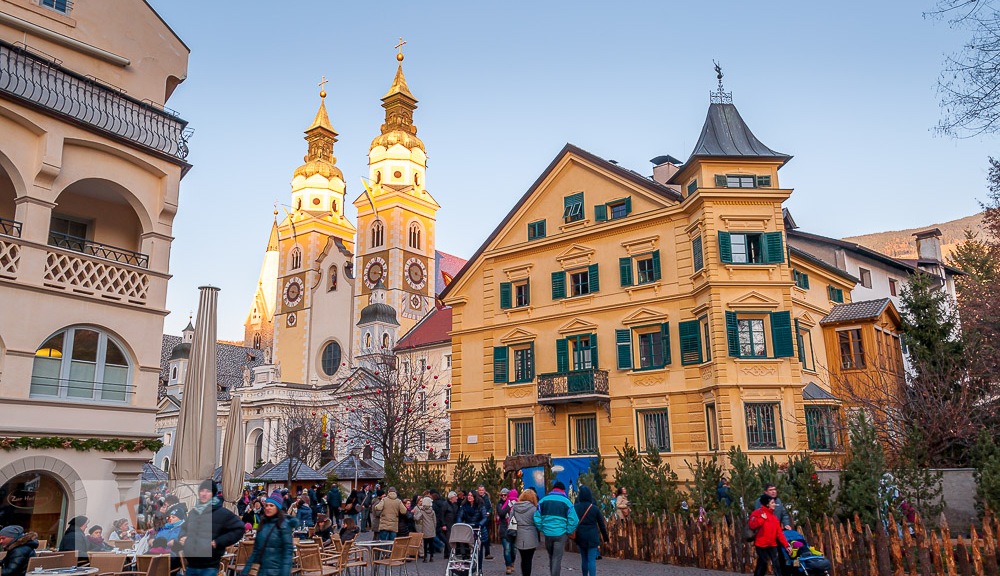It is one of Tuscany’s most interesting cities because of its original elliptical castle structure, which is surrounded by turrets. The Palazzo Comunale, dating from the thirteenth century, is well maintained in the medieval settlement. Inside, there’s a modest museum with paintings from the Sienese and Arezzo schools, as well as a priceless testament to late Gothic goldsmithing, such as Lucignano’s famed “tree” reliquary. Religious structures such as the Collegiate Church and the Church of San Francesco, both embellished with murals by Sienese painters Bartolo di Fredi and Taddeo di Bartolo, are also noteworthy.
The one known as “The Triumph of Death” which is positioned over the first altar in the right aisle and effectively represents the precariousness of human life, is of immense significance. In the spring, the Maggiolata Lucignanese, where the sounds and colors of flowers revive a tradition rich in history and music, the inhabitants’ ingenuity and creativity are on display.
Visit Lucignano
Collegiate Church of San Michele Arcangelo
San Michele Arcangelo Collegiate Church Built in the sixteenth century on a design by Orazio Porta, it features works by painters from the 16 and seventeenth centuries, including Giacinto Gimignani, Matteo Rosselli, Andrea Pozzo’s superb marble altar, and a beautiful fourteenth-century wooden crucifix.
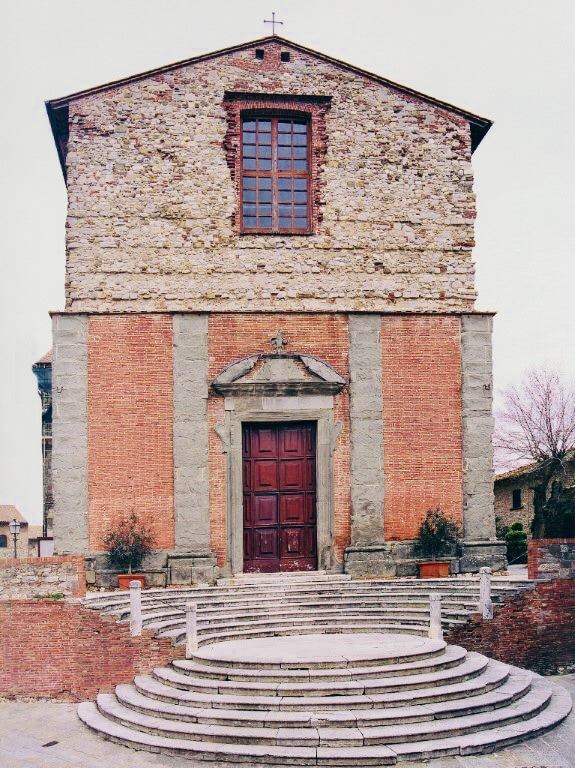
Church of San Francesco
San Francesco Church is a church in San Francesco, Italy. The interior is filled with excellent frescoes by Sienese artists of the fourteenth and fifteenth centuries, notably Taddeo di Bartolo and Bartolo di Fredi, and was built in the thirteenth century in Gothic style. The Triumph of Death, depicted on the right wall of the nave, is significant.
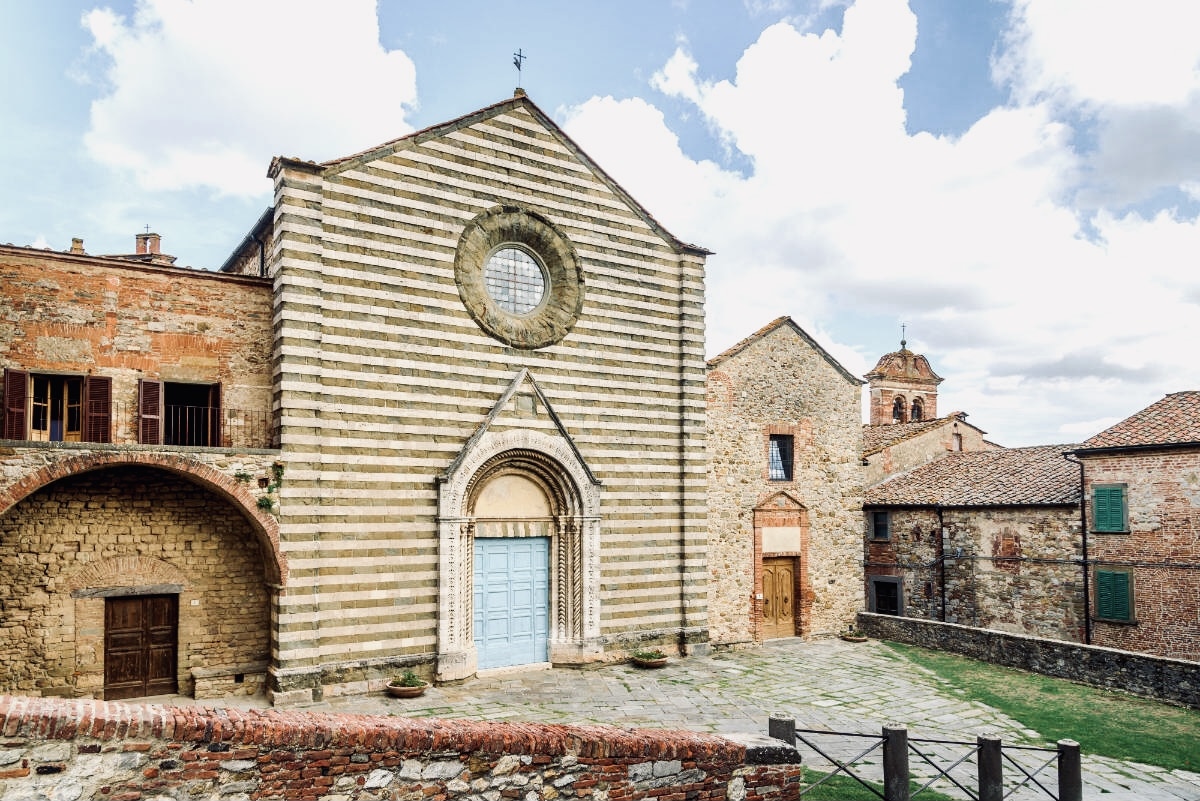
Sanctuary of Santa Maria della Querce
The structure was designed by Giorgio Vasari and constructed in the second half of the 16th century.
Church of SS. Annunziata or of the Misericordia
Church of the Misericordia or the Annunziata. The church, which was erected in the fourteenth century by the same firm, is decorated in Renaissance style on the inside.
Church of San Biagio
The old parish church of Lucignano dedicated to San Felice, which dates back to 1016, is now dedicated to San Biagio. Only the bell tower survives the Romanesque structure.
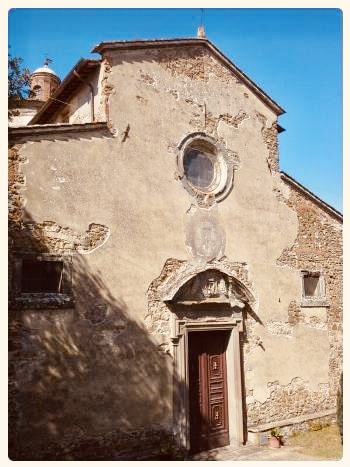
Municipal Museum
The Municipal Museum is located on the Municipal Palace’s ground floor. It is reached through a pointed arch door in the Palace’s main hall, which leads to a barrel-vaulted corridor with two adjoining side rooms and the ancient Court’s Chancellery.
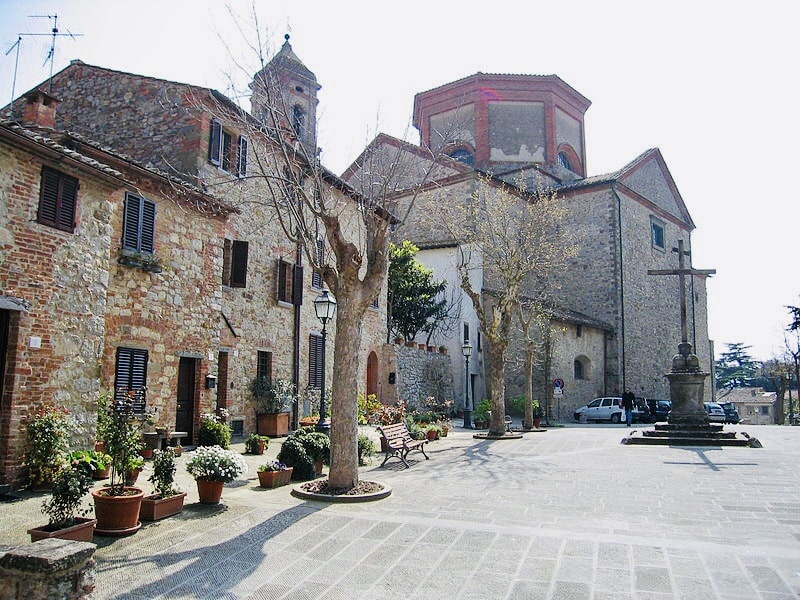
Two pairs of Sienese school “coffin heads,” painted on both sides and surrounded in intricate frames, are set along the entrance hallway, supported by lion paws surmounted by harpies.
Fortress
Lucignano, a fortified village in southern Tuscany, is one of the most well-known and well-preserved instances of medieval town layout, with concentric ring roads that give the town its distinctive circular shape. Its streets form a maze that leads to the upper town, where the Palazzo Comunale, the Church of St. Francis, and the Collegiate Church may be found. The town’s prominence stems entirely from its strategic physical location, perched on a 414-meter hill overlooking the Valdichiana and the main road connecting Siena and Arezzo, which is often hotly fought.
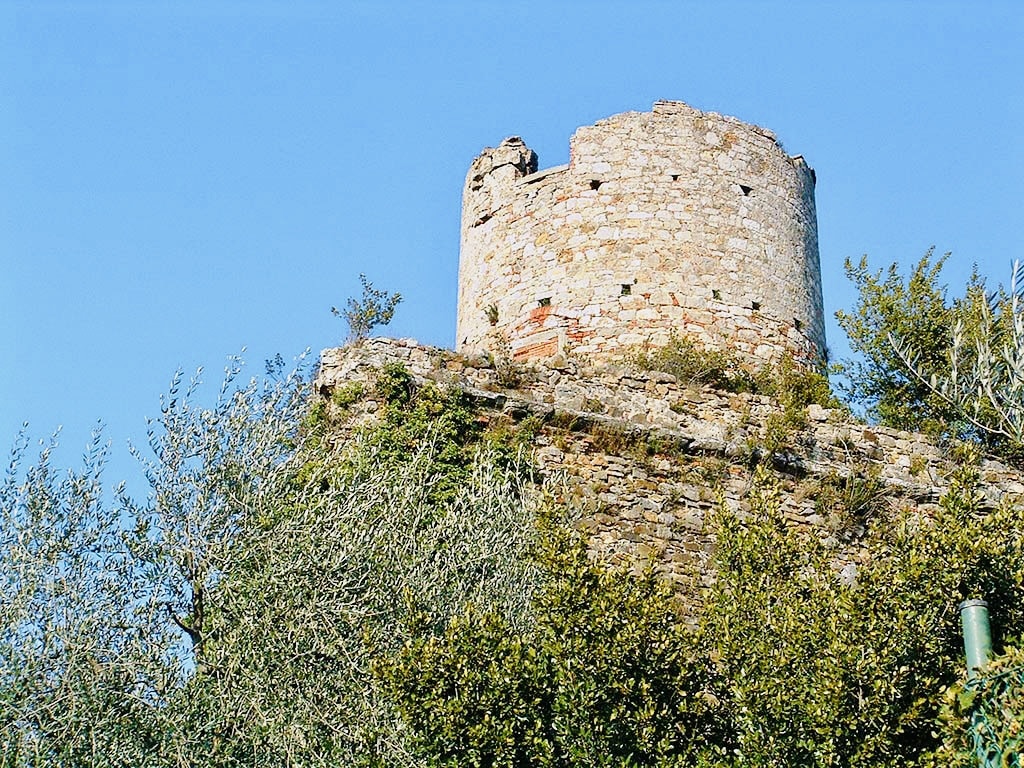
From 1200 to 1500, Lucignano was subjected to constant changes of control between Siena, Arezzo, Florence, and Perugia, the latter of which granted it the right to wear the winged griffin coat of arms, to which a star was attached. The name ‘Lucignano’ is thought to derive from a Roman castrum founded by the consul Licinio of the homonymous family, which became Lucinianum after Lucio Silla’s conquest in the first century B.C. The settlement’s antiquity is confirmed by the discovery of important Etruscan period archaeological finds in various locations throughout the area.
The old castle on top of the hill was eventually turned into the seat of political and religious power. The perimeter wall, of which large sections and some towers remain, and the three gates: Porta S.Giusto, Porta S.Giovanni, and the so-called Porta Murata, were completed in 1371, under Sienese dominion. A few years later, the Rocca, or Cassero Senese, was built. The Rocca is a square structure built astride the city walls by Bartolo Bartoli to integrate the city fortifications. A mighty and very high quadrangular tower rises from its heavily scarped walls, equipped with a protruding defensive apparatus, while a smaller one, also equipped with a masonry gallery, rises from the northeast corner, towards the city’s interior, to control the square below and the Collegiate Church.

